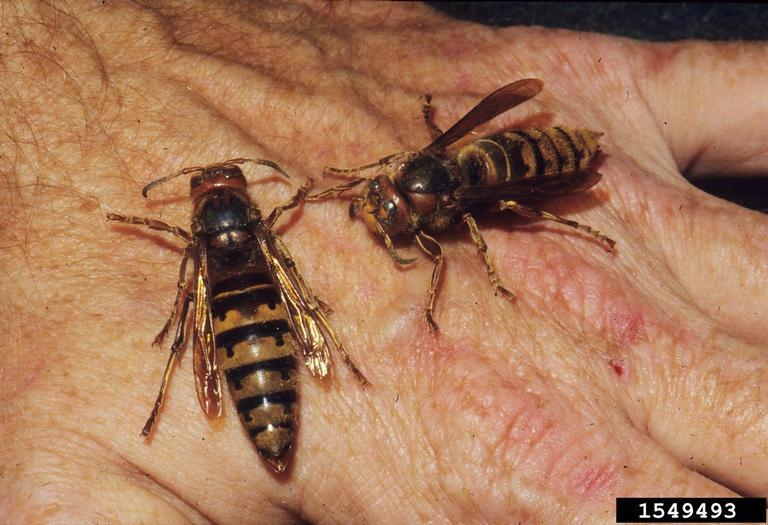Lawn and Garden Tips and Tricks for August
Thanks to Maryland Grows for letting me reprint these garden tips.
For Ornamental Plants:
- Late August through September is usually a good time to transplant, divide and plant perennials such as daylily, liriope (photo left), and echinacea. (HG 99) Be sure to keep them well watered during dry periods.
- Annuals and perennials, like yarrow and salvia, may have grown spindly and are not flowering well. Cut them back to encourage re-bloom. Deadhead the spent blooms of annuals like zinnias and marigolds. This will encourage them to continue blooming more vigorously.
- Plant hardy mums for fall color this month so they will become well established prior to the winter.

Garden Tips For Lawns:
- In dry periods grasses go dormant but recover when rain returns. Newly seeded or sodded lawns may actually be dead and will need to be reseeded.
- Mid-August through mid-October is the best time to start new lawns and renovate or overseed existing lawns. We recommend a turf-type tall fescue cultivar at a rate of 4 lbs. of seed per 1,000 sq. ft. of area for overseeding, or 8 lbs. per 1000 sq. ft. for new lawns.
- If your lawn area contains more than 50% weeds, consider a total lawn renovation. Newly seeded turf must be watered regularly. See (PDF) HG 102, Lawn Establishment, Renovation, and Overseeding.
Outdoor Insects:

- You may notice the European hornet stripping the bark off shrubs (especially lilac) and trees. This stripping of the bark is usually minor and does no real harm to a shrub or tree. The European hornet is a large yellow and brown hornet (photo) that nests in cavities in trees, stumps, wood piles, sheds, etc. and feeds on insects. Unlike most other wasps and hornets this one is a night flyer.
- Do not spray pesticides in your garden unless you’ve observed a particularly serious pest and the damage caused by the pest. Follow all label directions. Always select the shortest residual, least toxic insecticide to avoid killing beneficial insects.
- Avoid mosquito and midge problems by turning over any pots, lids or saucers that might collect water and create a breeding site. Also check clogged house gutters another favorite breeding place for mosquitoes and midges. Many people use corrugated drain pipe attached to downspouts to help move water away from their homes. The corrugations hold water and are a prime place for tiger mosquitoes to breed. To avoid the problem, use a smooth drain pipe or securely attach the corrugated drain pipe to the downspout and cover the open end with a piece of pantyhose secured with a rubber band. This will keep adult female mosquitoes and midges out of the drain pipe.
Buying or selling your lawn (and home)? Contact Gigi today!








Recent Comments